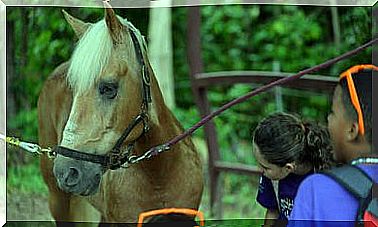5 Species Of Arboreal Animals

Without trees, there would be no life on Earth. It was thanks to them that humans and other species of arboreal animals managed to survive in the wild prehistoric world. That’s because they provided us with security and protection.
Trees are of great importance, not only because they produce oxygen to sustain life, but also because there are animals that live in them. Many of these species are amazing and some can be very peculiar.
arboreal animals
Animals that spend their lives or a large part of their lives in the branches of trees are called this way . Shortly after the appearance of trees on Earth, life evolved and adapted to the height they provided.
Trees provide a natural protection, so it is not surprising that there are different species that live their entire lives in their branches. One thing that is common in animals that live in trees is the presence of claws or long fingers to facilitate movement.
Arboreal animals have a very delicate physiognomy so that the branches of trees can support their weight. It is estimated that these animals weigh on average up to a maximum of 14 kilograms, as in the case of some species of monkeys.
Many of them created camouflage or fur similar to the colors of trees, for greater protection. That’s why it’s hard for us to see them in their habitats natural, although most of these animals are herbivores. Therefore, they do not pose a risk to human life.
There are many arboreal animals in the world, that’s why we can’t name them all in an article as short as this one. What we can do is introduce you to some of the most emblematic on the planet.
flying squirrels
Although its name suggests that they fly, it would be more correct to say that the flying squirrels they glide, thanks to their skin membrane that runs from one end to the other on the sides of the body. They are very common all over the world: there are more than 40 different species of squirrels.
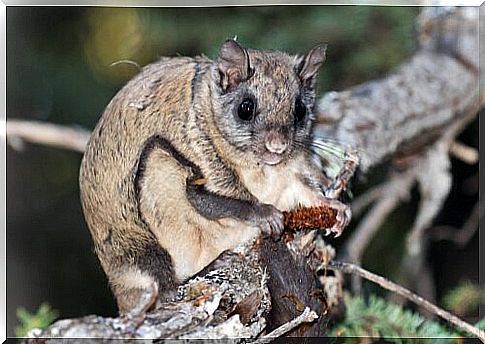
Their diet is largely based on insects, nuts and roots, that is, they are omnivores. In certain cases, flying squirrels hunt bird eggs for food. Your ability to glide is very useful when escaping from your predators or dangers in general.
dwarf anteater
Like their peers, dwarf anteaters have an elongated tongue that allows them to capture large numbers of ants. What sets them apart from their cousins is that dwarf anteaters live in trees, where they usually get their food.

The morphology of these animals does vary in relation to their terrestrial cousins. Anteaters have large claws on their paws and an elongated tail that allows them to balance among trees. They are solitary and nocturnal animals, so little and you know about them.
cloud panther
The cloud panther is perhaps an exception to the norm for arboreal animals. It is heavier than the rest, as the males weigh 50 kg, do not have elongated claws and are not herbivorous, as mentioned above.
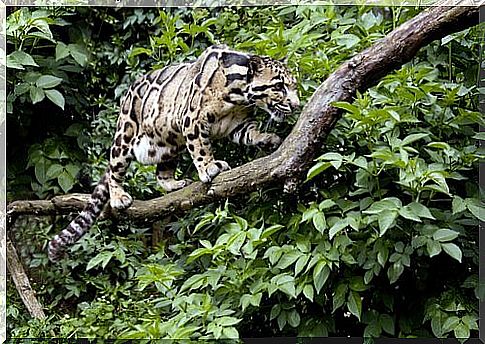
It is an animal that lives among the branches of the Asian cloud forests, capable of jumping with great precision between the branches of trees and, in addition, climbing the trunks with great skill. The morphology of these animals is similar to that of other animals. cats , with the difference that your head is more elongated in relation to the body.
arboreal kangaroo
This animal is very different from its reddish and gray cousins, mainly because of its size, which is the main aspect that contrasts with them. They have a short snout, small hind legs and look more like a koala than a kangaroo.
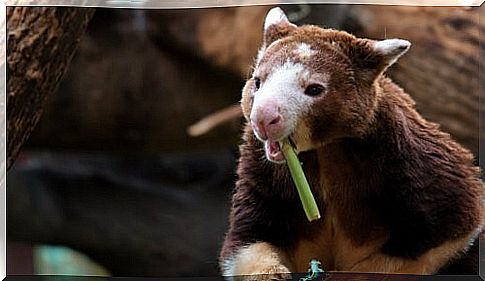
Their coat is short and brownish in color, and they are really clumsy when walking on dry land. It is in the branches of the trees that they feel most comfortable. Their diet consists of leaves and tree stems, and is supplemented with certain flowers and seeds.
Sloth
O sloth it is perhaps the best-known arboreal animal for its natural ability to not do much during the day. The truth is, it ‘s very active when it’s on the move. Its ability to remain alert and its slow metabolism stand out.
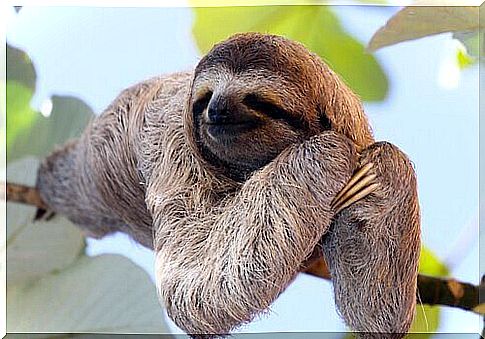
In fact, it ‘s common to see sloths go to sleep to reserve their energy for important events, such as moving home. The animal defecates at the base of the tree, covers the feces and then finds a new home for the following week.


